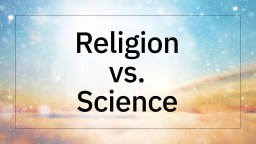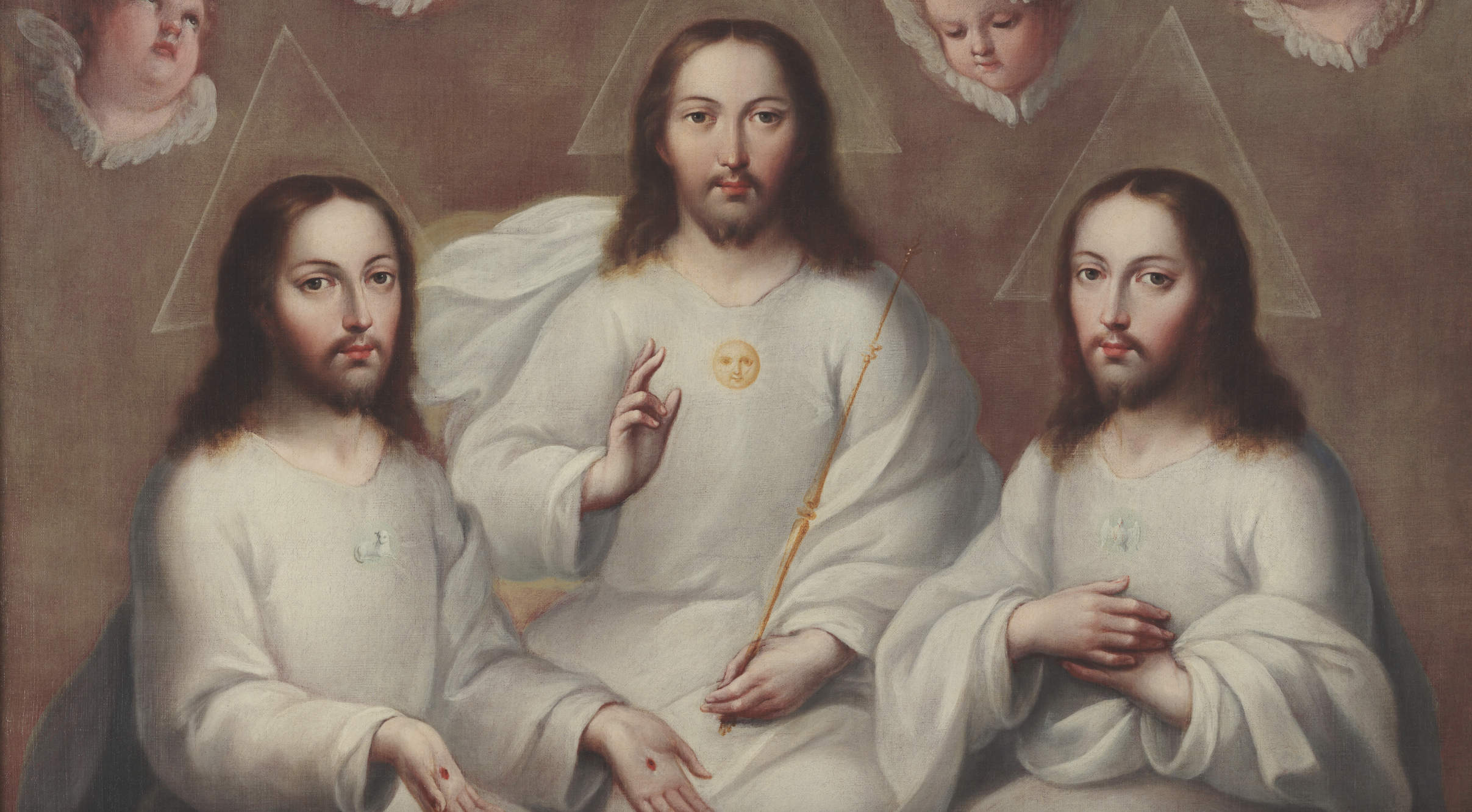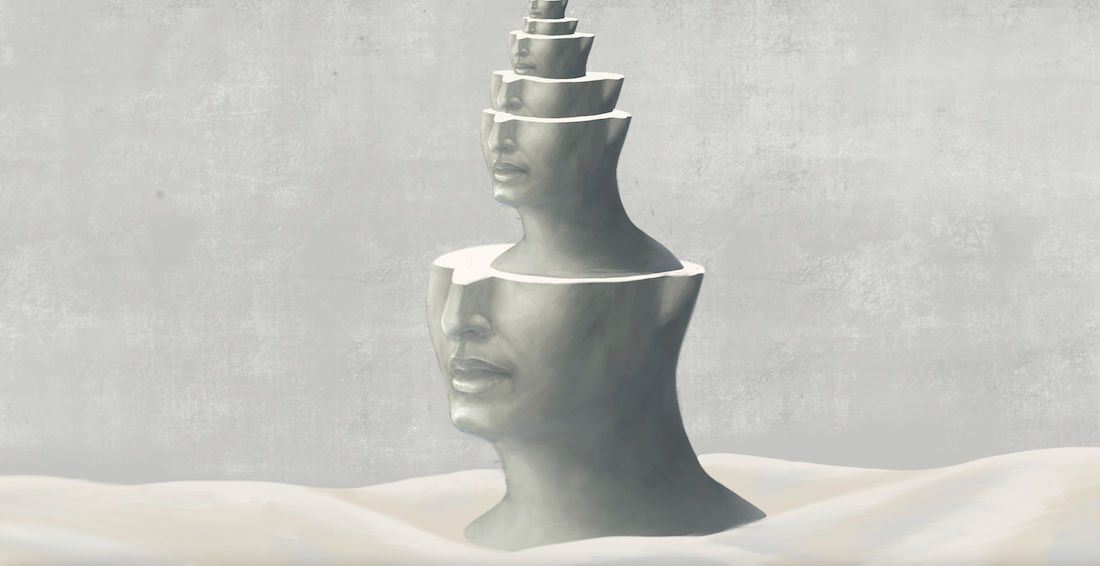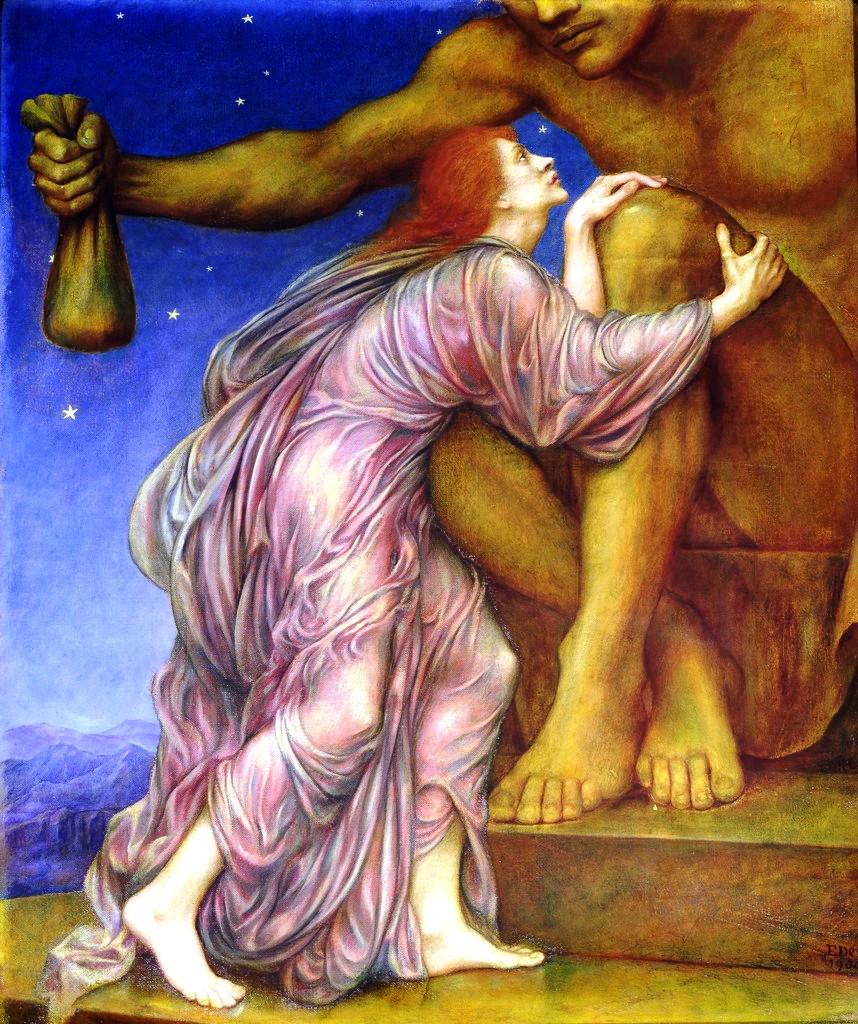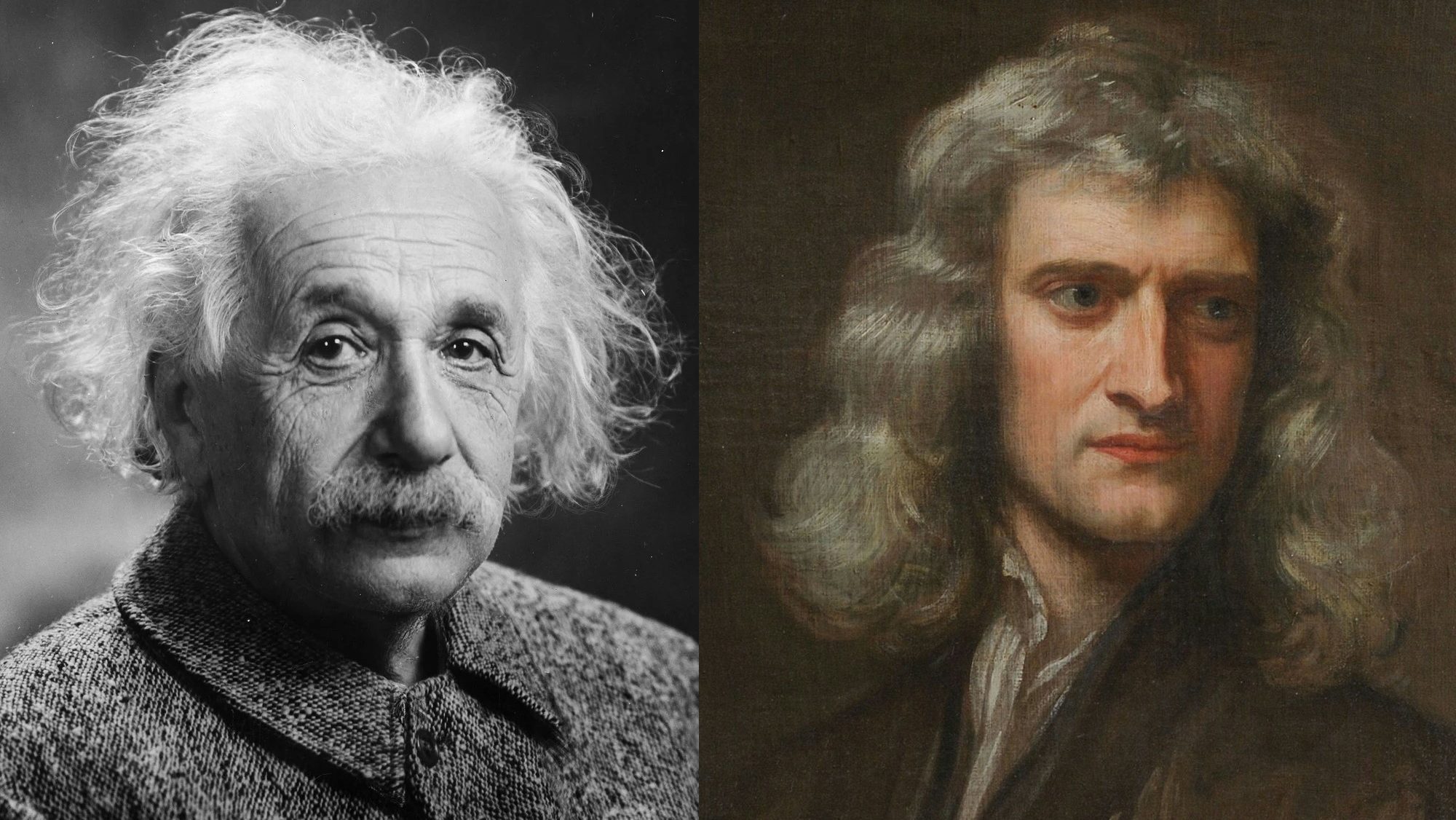All humans are believers
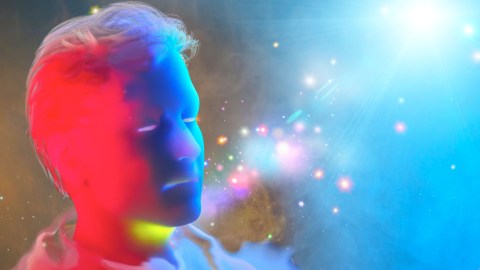
- Belief is an essential need for all humans. It is not just about God or ghosts.
- Science extends its reach into all aspects of the world, but its reach is not unlimited. We have to choose how to deal with what we cannot know.
- This is where belief comes in. It fills the space of the unknown so that we can sustain our sense of purpose.
Humans are unique in sharing one very peculiar trait: We believe. The nature of that belief varies a lot these days, when secularism is so prominent. Belief is not just faith in a supernatural god or deity, or in spirits and ghosts. Belief is an essential need for all humans. You believe in your capacity for success when you start a new project. You believe that your team will win the game this time. You believe that your idea is the right one, even though it’s still just an idea, an unrealized plan. You are passionate about your beliefs, and this passion fuels your drive to push forward. Without belief, we stagnate.
The meaning of “supernatural”
Even if you are a vocal atheist, you still believe in your creed that there is no god. Given that the absence of evidence is not evidence of absence, to say that the lack of evidence for a supernatural being is enough to rule out its existence in some definitive sense is, well, an act of faith. It is belief in non-belief.
Note that a historical critique of the evils of religion, with its wars, massacres, and persecutions, has nothing to do with the nature of belief or the need to believe. Belief may lead to fanaticism, but the two are not the same thing. You may believe you are superior to others (silly you), but that does not mean you should act on your belief and attempt to crush your supposed inferiors. (It pains me to even write that sentence.)
When discussing the relationship between science and religion, people often take a polarized position. They take a stance of belief or non-belief. Much grief comes from the insistence that one or the other is wrong or meaningless.
In practice, however, there is a whole spectrum of in-between positions, as doubt creeps in and we reach the limits of what we know. Many scientists are perfectly fine with practicing their science and believing in God. They claim that science is an incomplete description of reality, that there are many questions beyond its reach. More to the point, they claim that the more they understand the world through their science, the more they admire God. To them, science is a form of religious devotion.
Many great historical thinkers have shared this position, and many still do. What irks more aggressive secular thinkers is that they consider this in-between approach to be inconsistent with the tenets of science. To these thinkers, Nature is material, and matter is organized according to quantitative laws. The goal of science is to uncover these laws. There is nothing else. They claim that this metaphysical position of being both a believer and a scientist, although appealing and apparently conciliatory to many, is fraught with epistemic difficulties: It places the natural and the supernatural in an uneasy coexistence. How could Nature be both natural and supernatural? What does supernatural even mean? If I see a ghost in the mirror while I’m shaving, what’s going on? One of the problems is that to define something unusual as a supernatural phenomenon seems inconsistent. Any event that has been observed or heard has emitted some kind of electromagnetic radiation or sound waves, and it has physically impacted a detector or your own sensory organs. As such, this supernatural event is very much natural, even if it is deeply mysterious.
How science and religion overlap
One can adopt what Stephen Jay Gould called a NOMA approach, short for “non-overlapping magisteria.” This approach compartmentalizes science and religion into limited spheres of influence, holding that religion begins where science ends. But clearly such a worldview will not carry very far. As science advances, the boundary between the two magisteria keeps shifting, as will any god-of-the-gaps approach. To state that the supernatural has an intangible existence, one that is immeasurable and thus undetectable, places it beyond the scientific discourse and renders the conversation moot. An intangible existence can only be sustained by faith, not by evidence.
In reality, religion and science do overlap. They intersect in people’s minds, in their life choices, and in the difficult moral challenges society faces. To strictly deny the power of religion in the world, with billions following a diversity of faiths while they seek a sense of identity and purpose in difficult lives, is terribly naive, and frankly, cruel.
The difficult question that needs to be asked is why so many people across every culture need to believe. What is religion providing that so many need to embrace?
To belong to a religious group immediately confers a person with a sense of community. You meet your peers in church, mosque, or temple, and you feel justified in your beliefs as you see that many others share them. This is as true for the religious as it is for secularists. Humans are tribal animals, and tribes unite around a central symbol, narrative, or moral code. There was an evolutionary advantage to being in a tribe, because power in numbers enhanced your chances of survival. There was a social advantage as well, because within the tribe a person finds legitimacy and a sense of purpose. To many people, belief may justify the allegiance to the group, but it’s the sense of community, of shared values, that drives it.
The boundaries of science
However, there is another aspect to faith, one that is purely subjective. As William James portrayed in his masterful The Varieties of Religious Experience, there is something unique about the individual at the crux of a true religious experience. This person shares a sense of community with the unknown, with what transcends the confines of our humanity. There is more to the world than what is seen and measurable, and these hidden features are equally important to us: “Your whole subconscious life, your impulses, your faiths, your needs, your divinations, have prepared the premises, of which your consciousness now feels the weight of the result; and something in you absolutely knows that that result must be truer than any logic-chopping rationalistic talk, however clever, that may contradict it,” James wrote.
Even if philosopher George Santayana and others have criticized James for “encouraging superstition,” one cannot deny the obvious fact that the reach of reason is limited. Science extends its reach into all aspects of the world, but there are boundaries past which it cannot extend. The choice we have is how to deal with what we cannot know.
When Einstein invoked his “cosmic religious feeling” to describe his unorthodox spiritual connection to Nature, he was trying to express this elusive feeling of the mysterious, of our human attraction to the unknown. Perhaps surprisingly to many — especially to those who do not understand what drives people into science — the engagement through science with unknown aspects of Nature is deeply spiritual.
Science is a flirt with the unknown, as is religion. The difference is that science uses tools to expand the domain of the known, while religion is sustained by faith. This is where belief comes in. It fills the space of the unknown so that we can sustain our sense of purpose. Even the secularist scientist, using research to probe beyond the known, is practicing this creed, fulfilling our deep need to understand our origins and make sense of the world, and to extend our grasp of a reality we can never fully comprehend.
